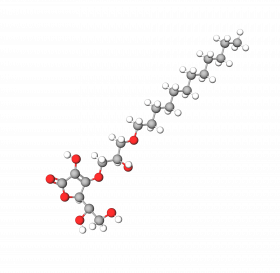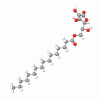
Ascorbyl palmitate is the ester of L-ascorbic and palmitic acids. It's a fat- and water-soluble (amphipathic) antioxidant that has an increased shelf life thus used in many formulations.
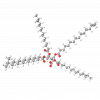
Like other forms of Vitamin C, Ascorbyl Tetraisopalmitate helps prevent cellular aging by inhibiting the cross-linking of collagen, oxidation of proteins, and lipid peroxidation.
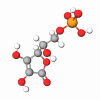
Magnesium ascorbyl phosphate (MAP) is an esterified derivative of Vitamin C. Unlike L-ascorbic acid, which is lipophobic (only water-soluble), has low pH, and unstable, MAP is lipophilic forms of vitamin C, which is stable at neutral pH.
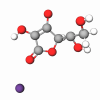
Compared with pure L-Ascorbic acid, Sodium Ascorbate has better bioavailability thanks to the presence of Na+ cation.
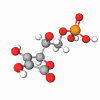
This particular Vitamin C derivative can be used to stimulate collagen repair thus diminishing some of the effects of photo aging. Sodium Ascorbyl Phosphate is also capable of replenishing Vitamin E’s antioxidant capacity.
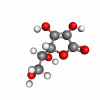
Vitamin C also known as L-Ascorbic acid plays a crucial role in human skin. It performs a large number of duties to ensure the radiance, firmness, and youthful look of the skin.
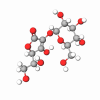
Vitamin C Glucoside knew as Ascorbyl-2-Glucoside is a derivative of ascorbic acid combined with glucose. It is a flawless form of vitamin C that showcases all the outstanding benefits of the vitamin for skin well-being.

Nano LPD's Lightening is a Sodium ascorbyl phosphate encapsulated with nano-lipids sized less than 250nm in diameter. Capsules are mainly made of natural phospholipids that are structural analogs of the cellular membranes.
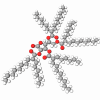
Tetrahexyldecyl Ascorbate is the tetra-ester of l-ascorbic acid and 2-hexadecenoic acid, which means that Vitamin C conjugated (esterized) with four lipophilic parts of the 2-hexadecenoic version of isopalmitic acid (an isomer of palmitic acid), which makes it very stable in formulations and give
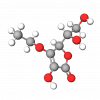
3-O-Ethyl Ascorbic Acid (former designation: Ethyl Ascorbyl Ether) is a white crystalline powder, an ethered derivative of ascorbic acid, one of the most excellent derivatives of Vitamin C so far.
Vitamin C, chemically known as l-ascorbic acid, has been valued for centuries due to its incredible ability to prevent disease (such as scurvy), and for its important role in many biological functions.
Ascorbic Acid Polypeptide is a vitamin C peptide complex also known under the trade name Vitazyme® C. Compared with a synthetic vitamin C (L-ascorbic acid), which is unstable in preparations, it has good stability in water solutions and other aqueous systems.
